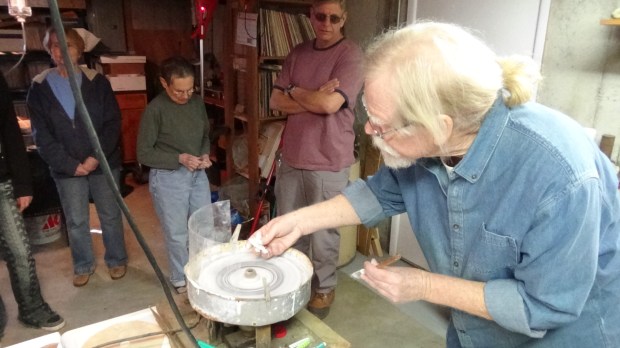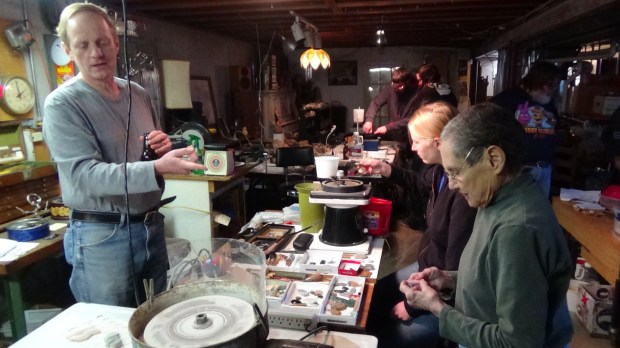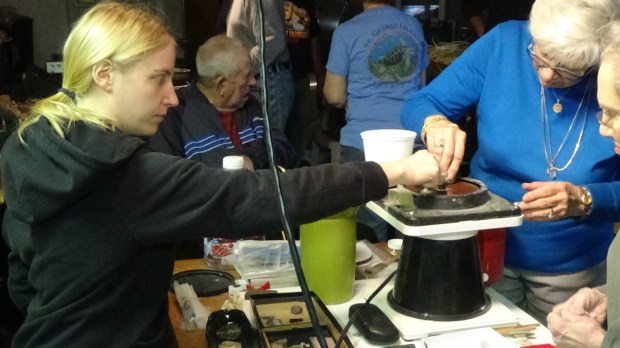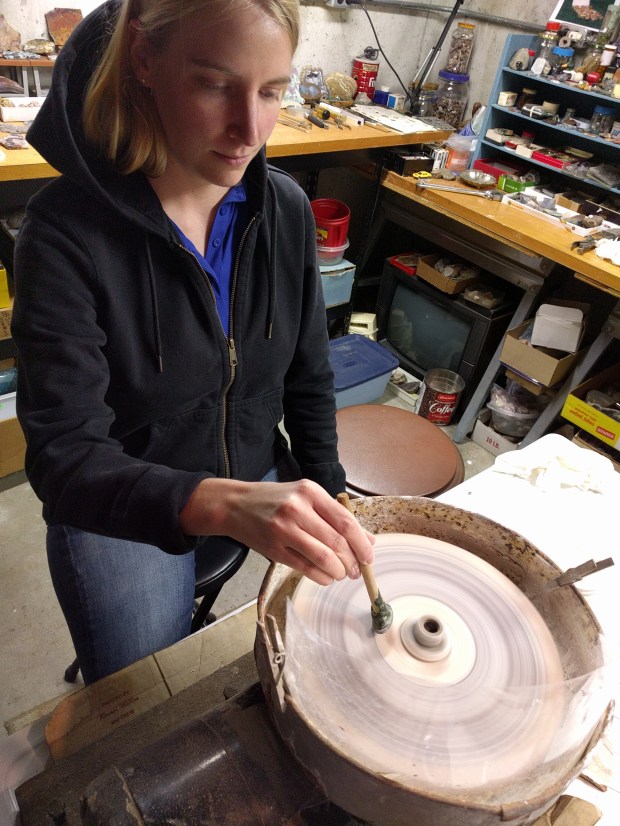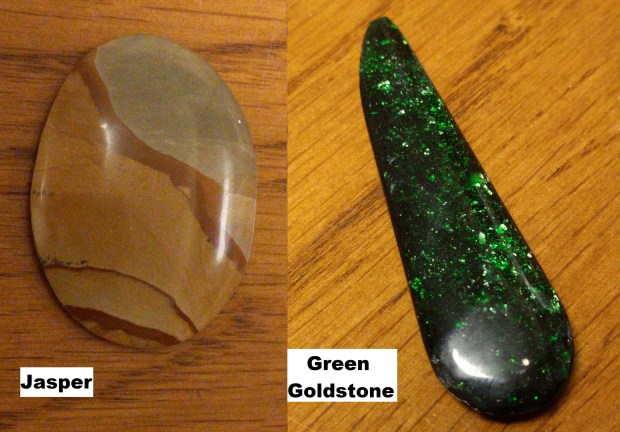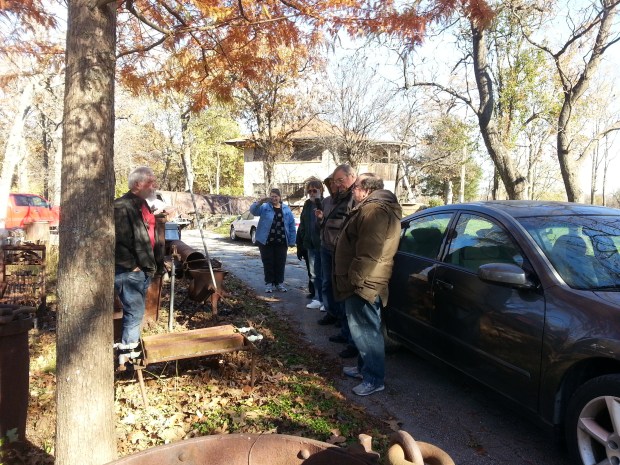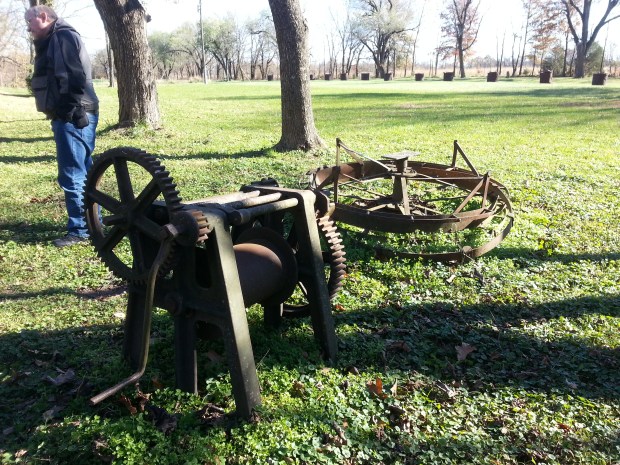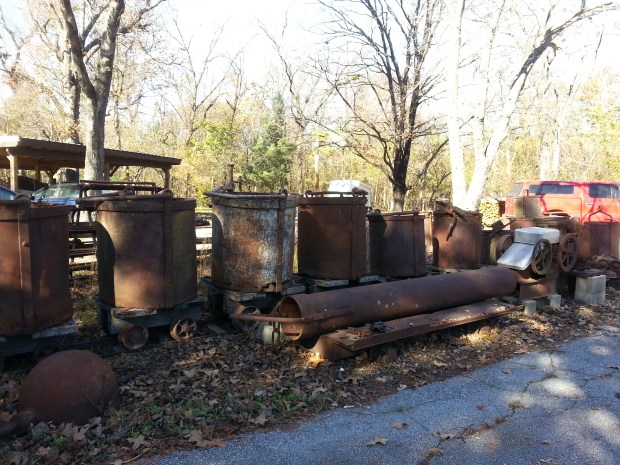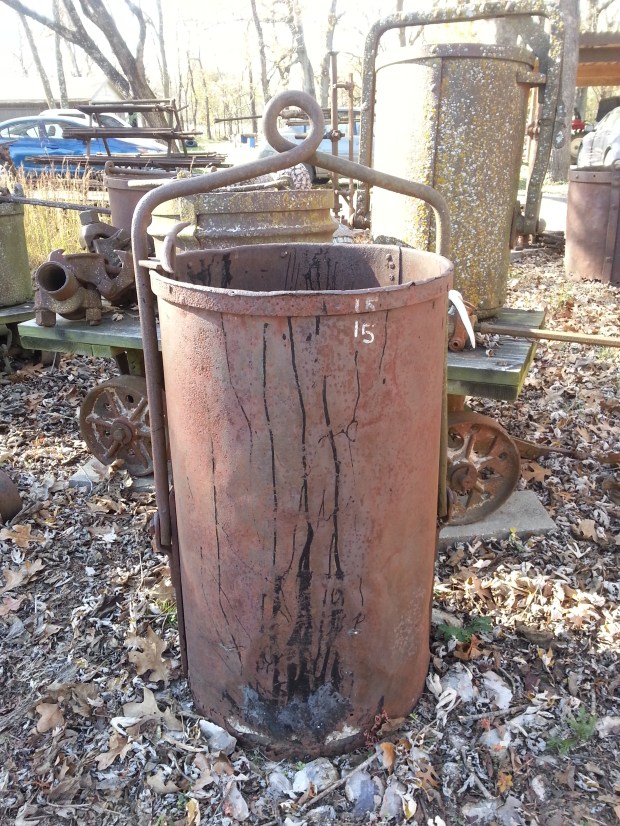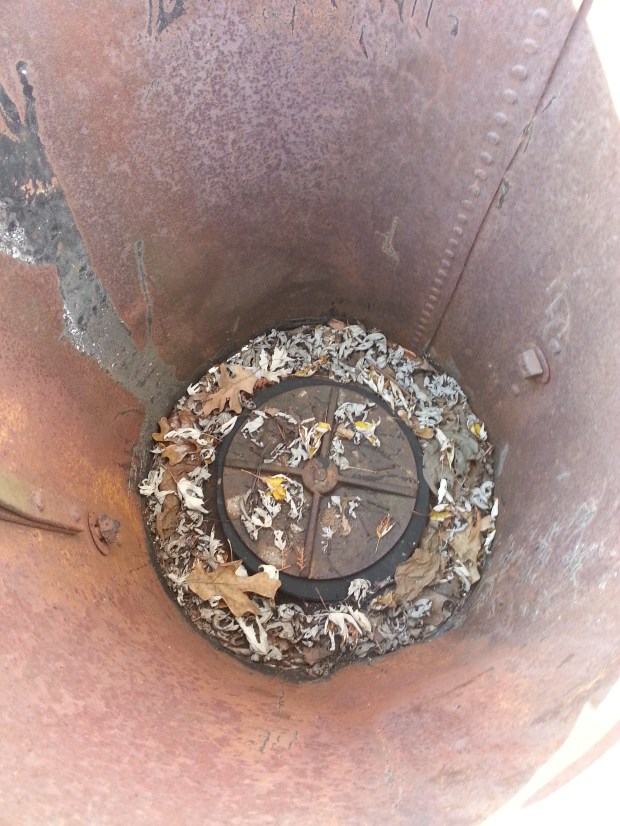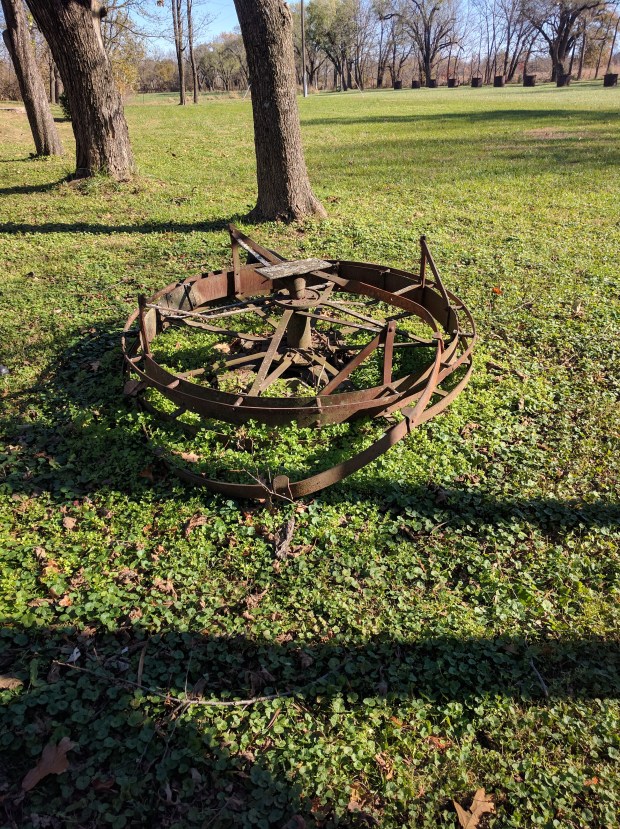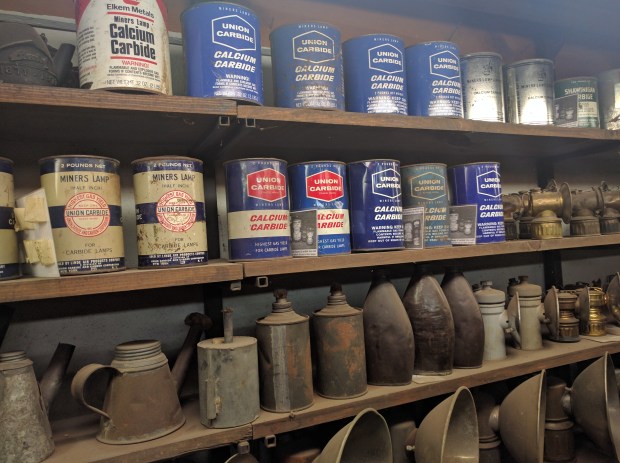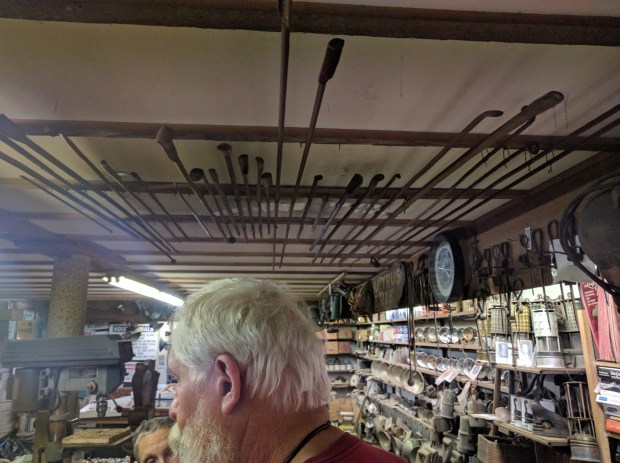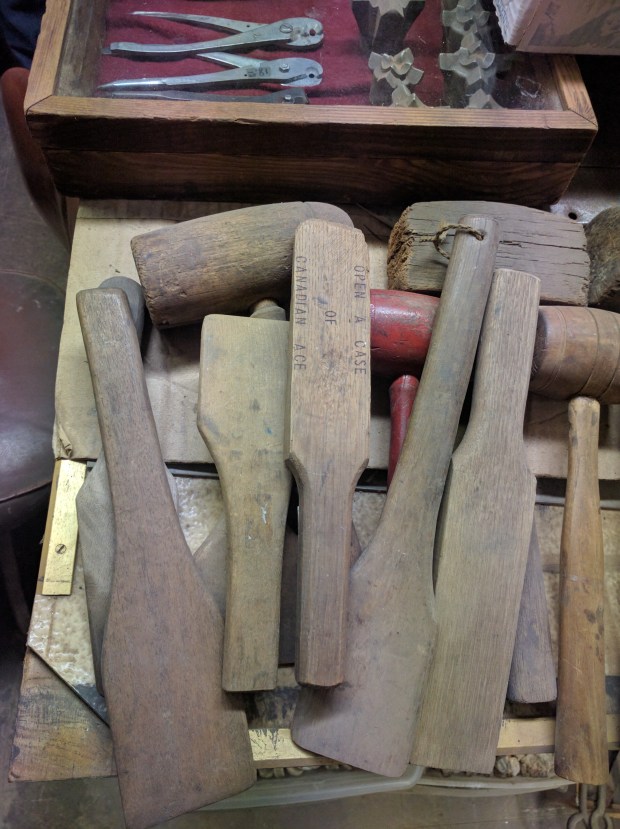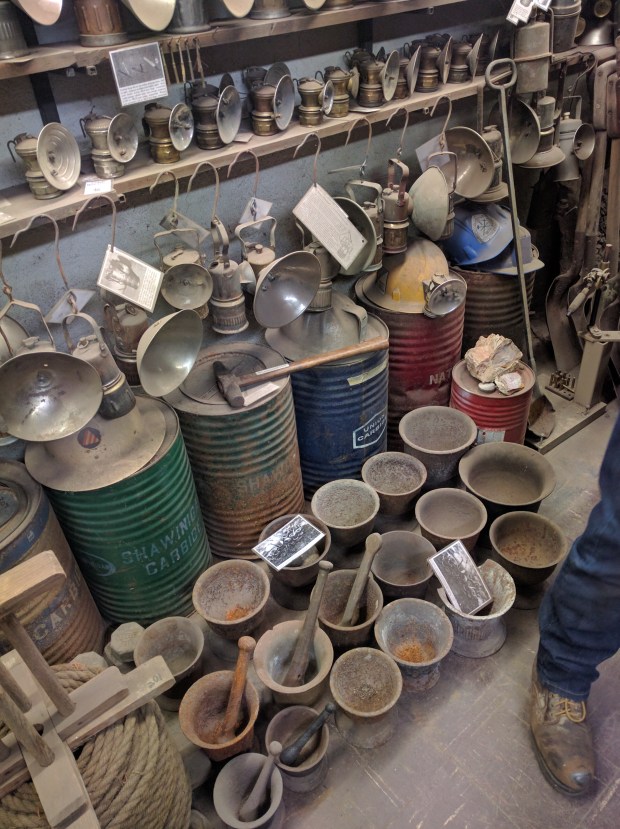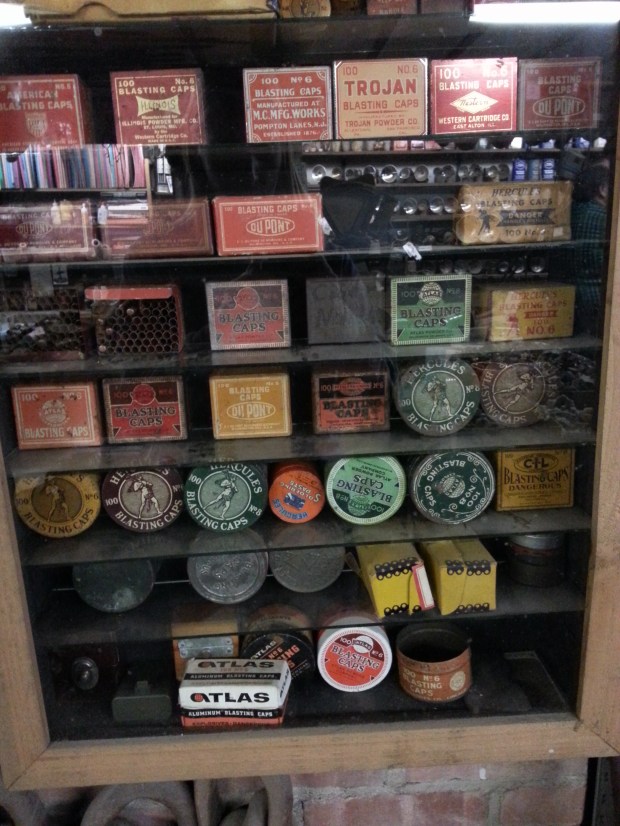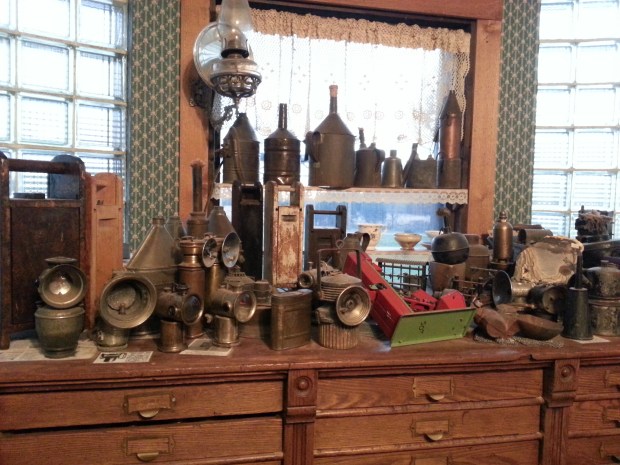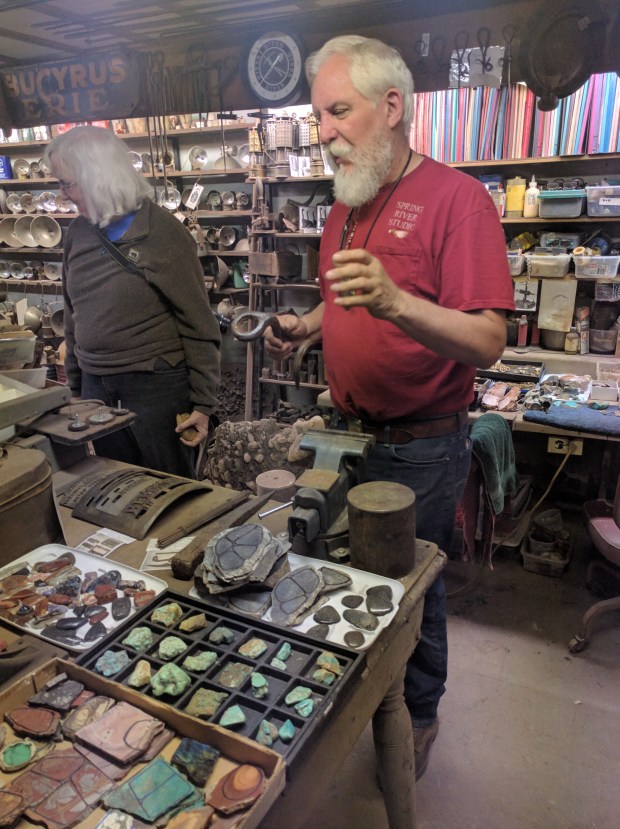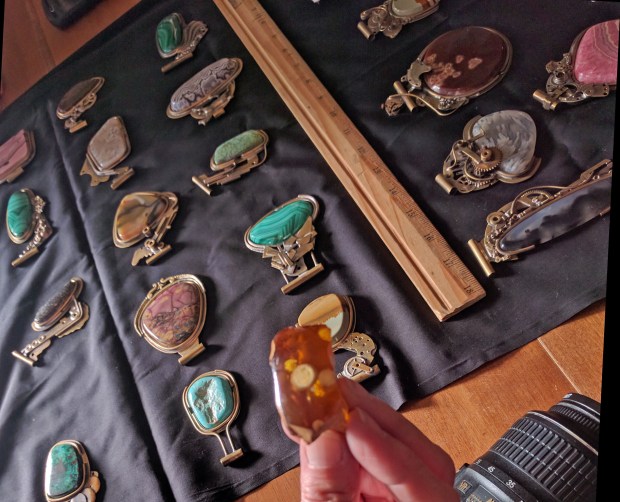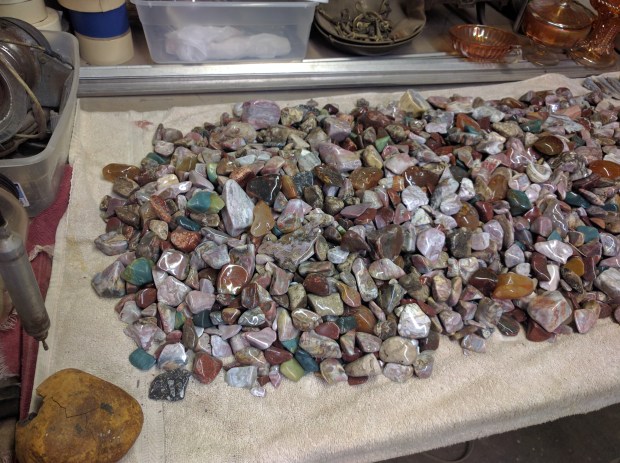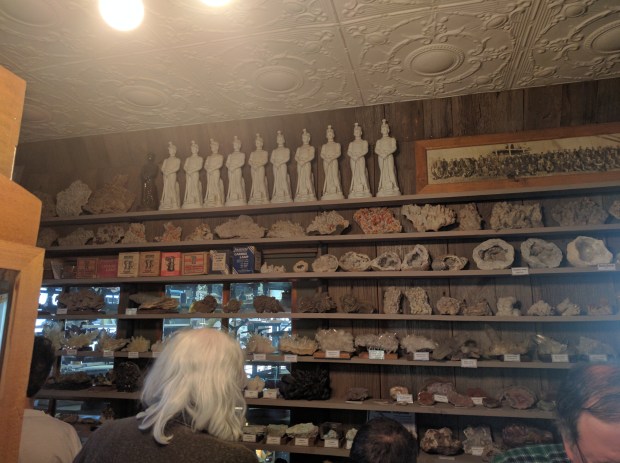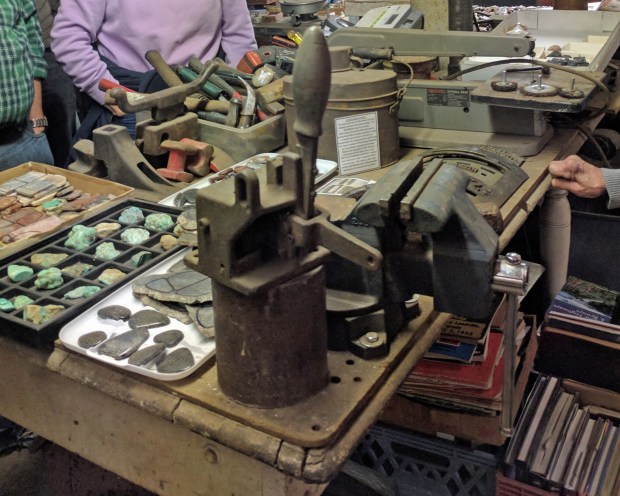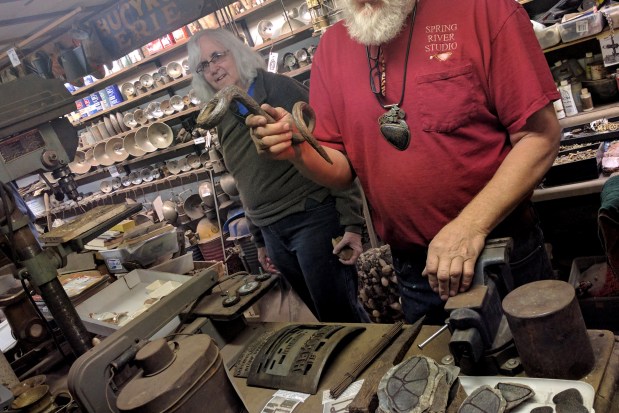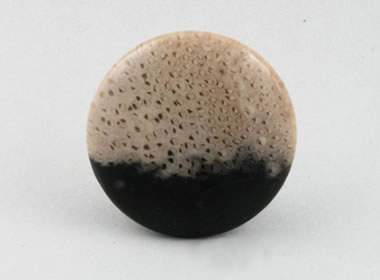‘Twas the night before Christmas
And all through the house
Not a Rockhound was stirring,
I felt like a louse.
For the lapidary gifts I was making this year
Lay down on my bench, UNFINISHED, I fear!
The pendant my dear wife wanted so much
As I polished the cab, it fractured with a touch;
And the lovely jade brooch for Grandma so sweet,
Just wouldn’t polish – it looked terribly beat.
As for Sister’s new bracelet with baroques dangling lightly,
I ran out of bell caps after the stores were closed tightly.
Then the tie clasp for Uncle that would make such a hit,
After I cut the cab, no mounting would fit!
And even Junior’s new crystal growing set
Though I’d sent for it months ago, had not arrived yet!
So I tossed and I turned as though caught in a trap.
I could not settle down for a “long winter’s nap.”
When all of a sudden I heard such a clatter,
I sprang from my bed to see what was the matter.
I raced for the door then saw with a flick,
A red-suited man I was sure was Saint Nick.
As I reached for my robe and was turning around,
Down the basement stairs, Santa went with a bound.
He went straight to my workbench to see what I lacked,
Then with a nod of his head, he opened his pack.
Out tumbled such mountings and bell caps without stop,
I was sure Santa must own a lapidary shop!
He said not a word but went straight to work,
And finished each piece, then grabbed his pack with a jerk.
And shaking his white-bearded face with much glee,
Took out some new slabs I knew were for me!
Then laying his finger aside his nose,
With a nod of satisfaction, up the stairway he rose.
Went straight to the door, to his team gave a whistle,
And away they all flew like the down of a thistle.
But I heard him exclaim ‘ere he drove out of sight,
“Merry Christmas, Dear Rockhounds, and to you a good night.”
Source: Hy Grader, Coastal Waves 2005, Scribe 2010, Lake Rocker Newsletter 12/2012, The Gemrock 12/2014.
